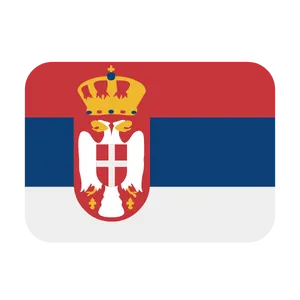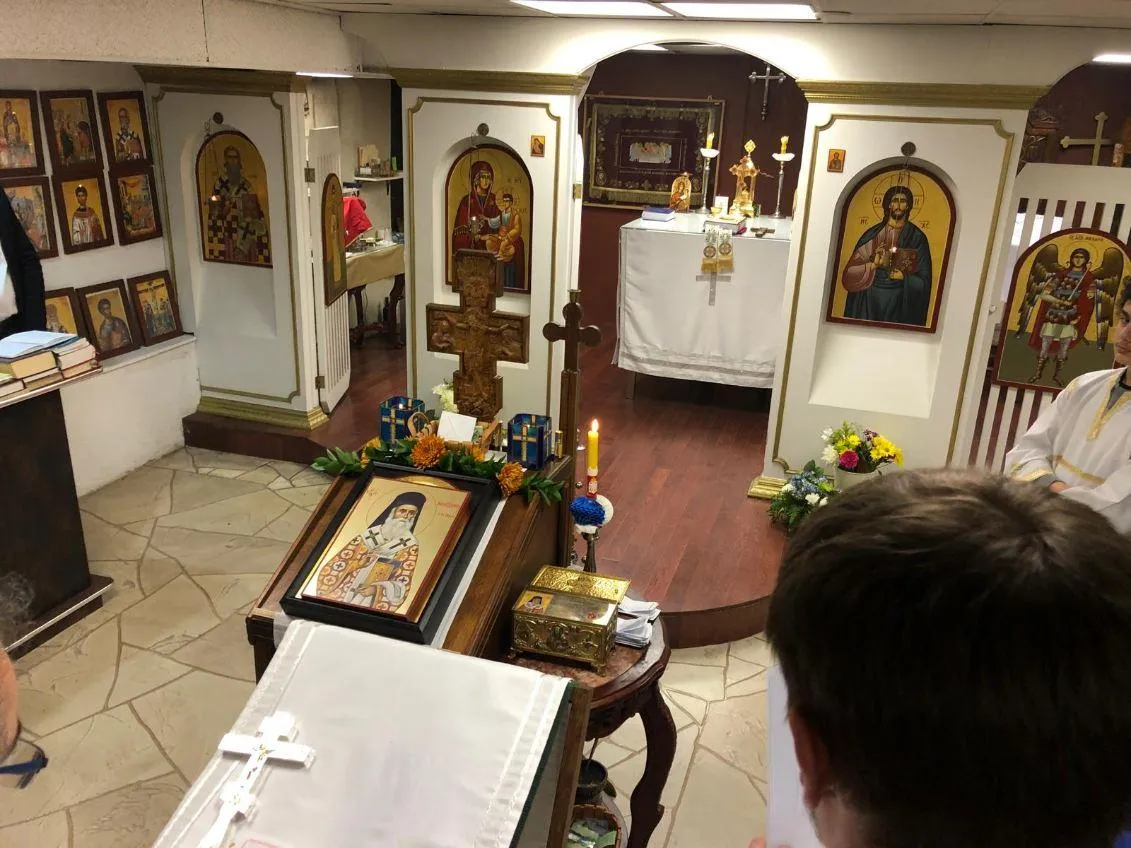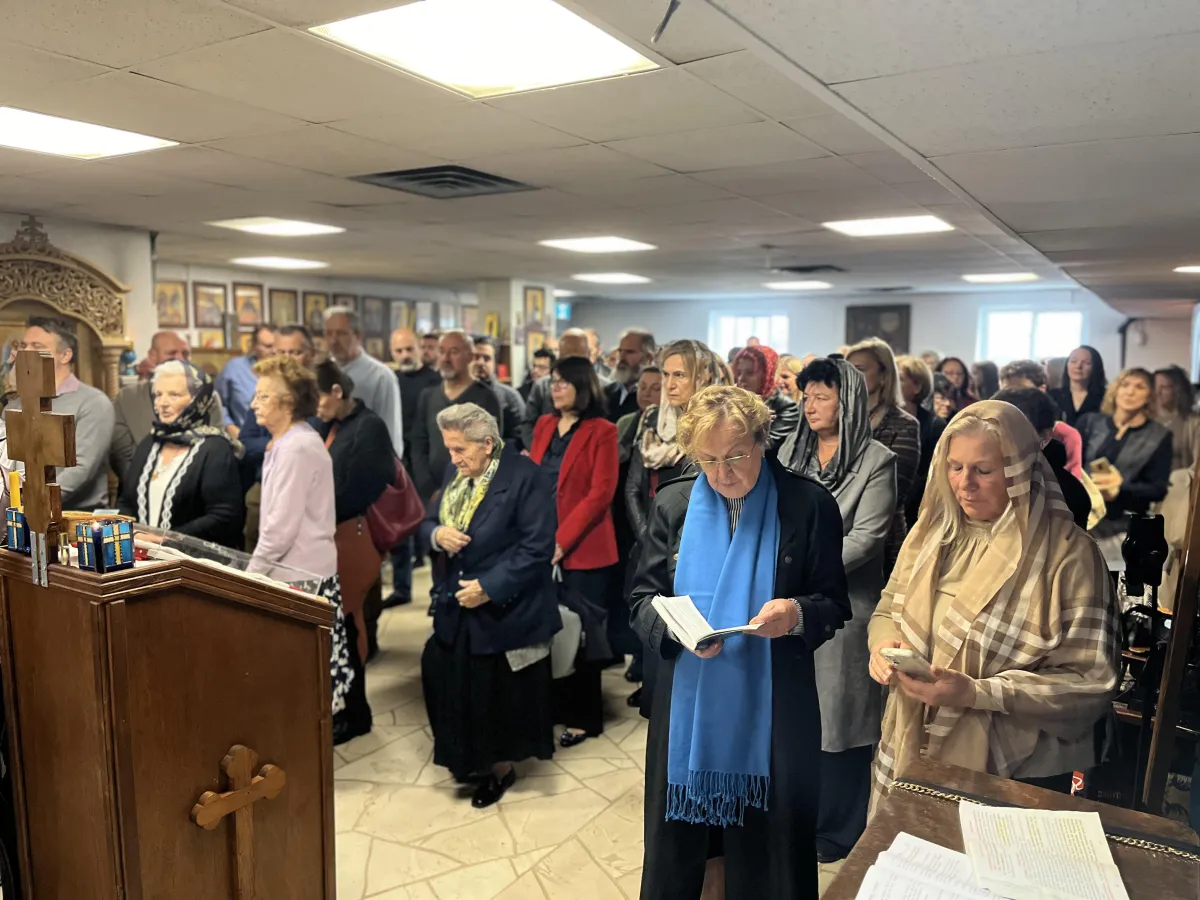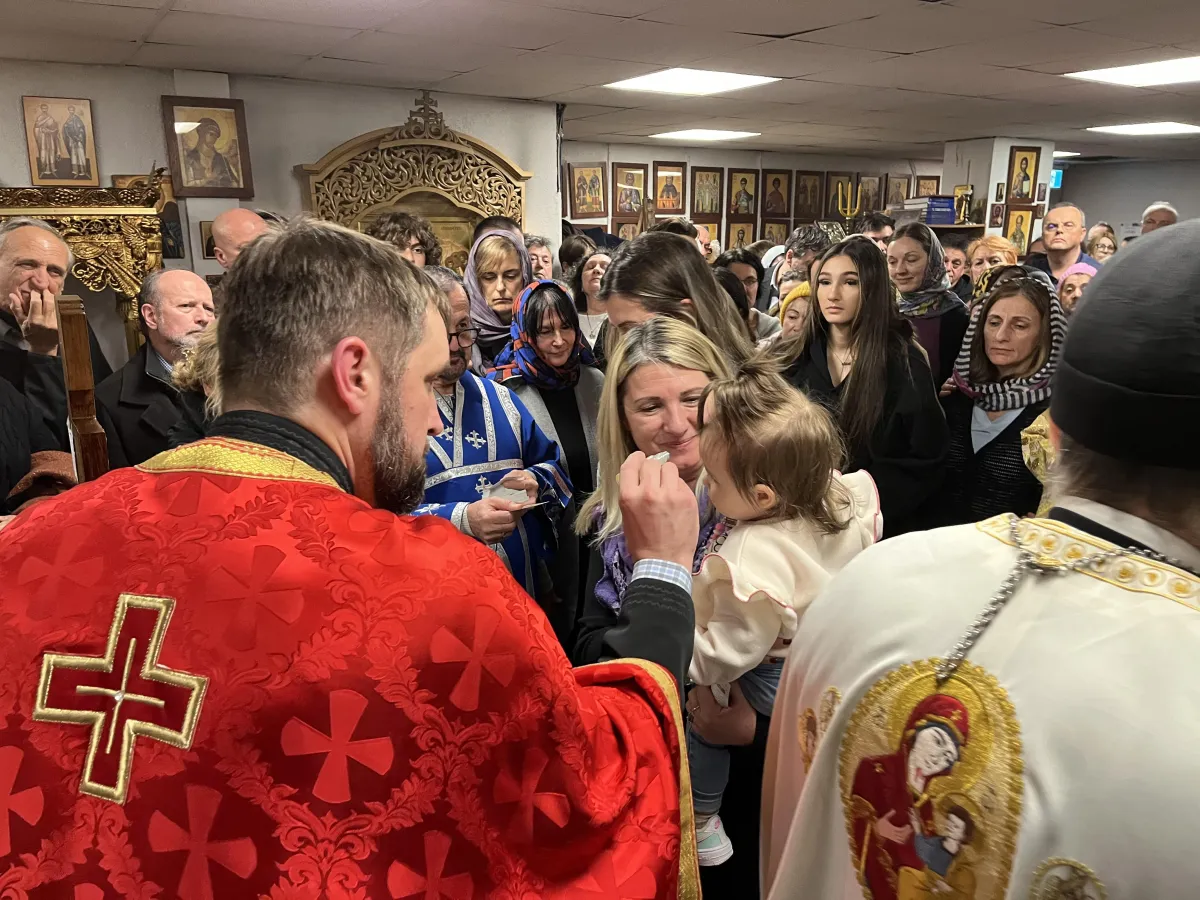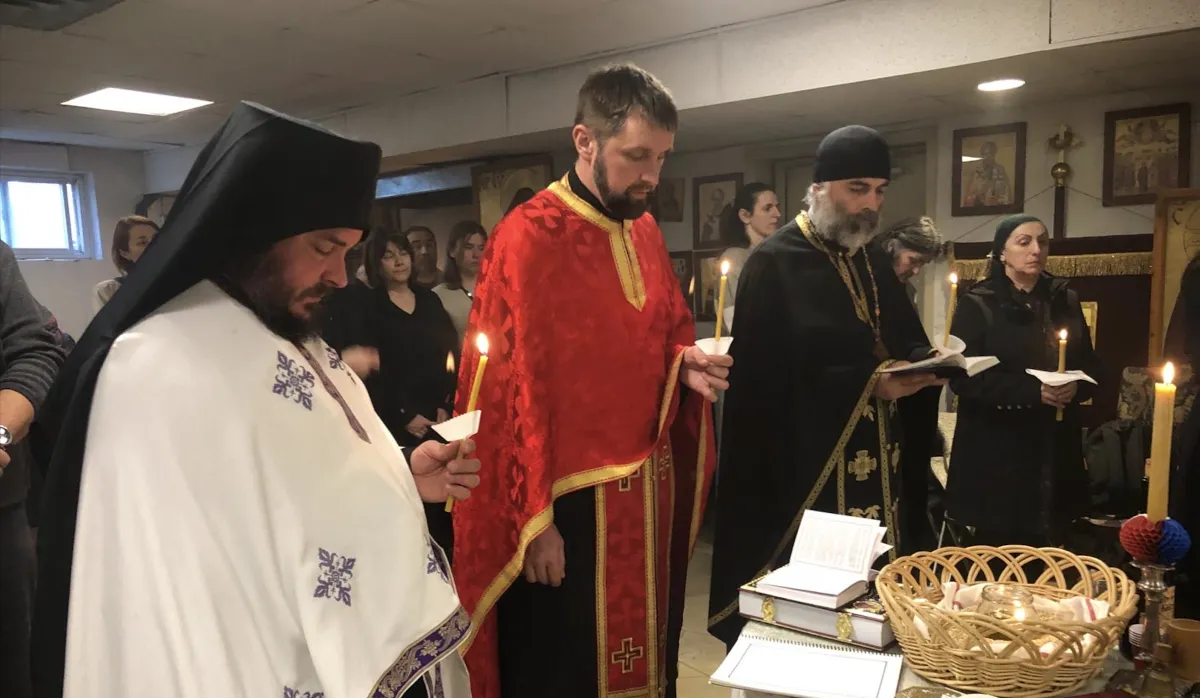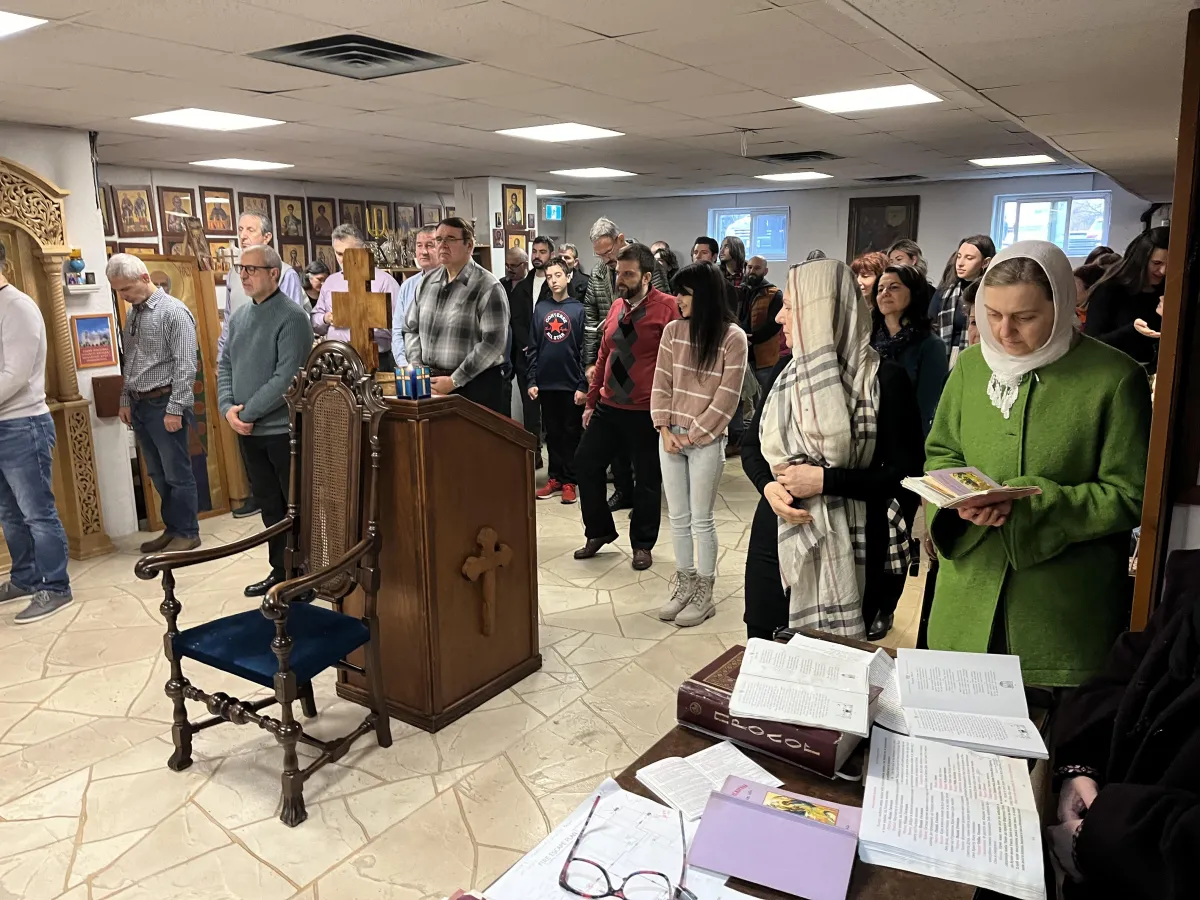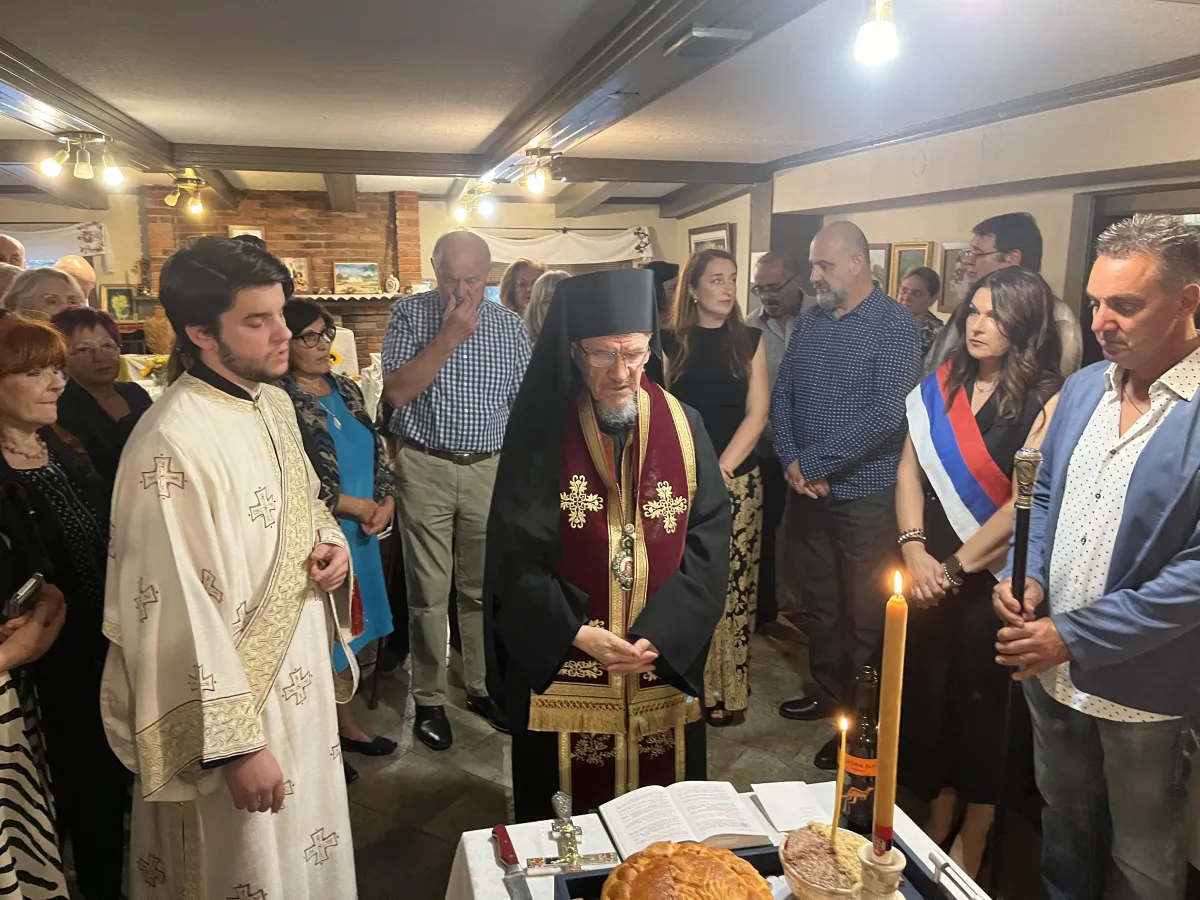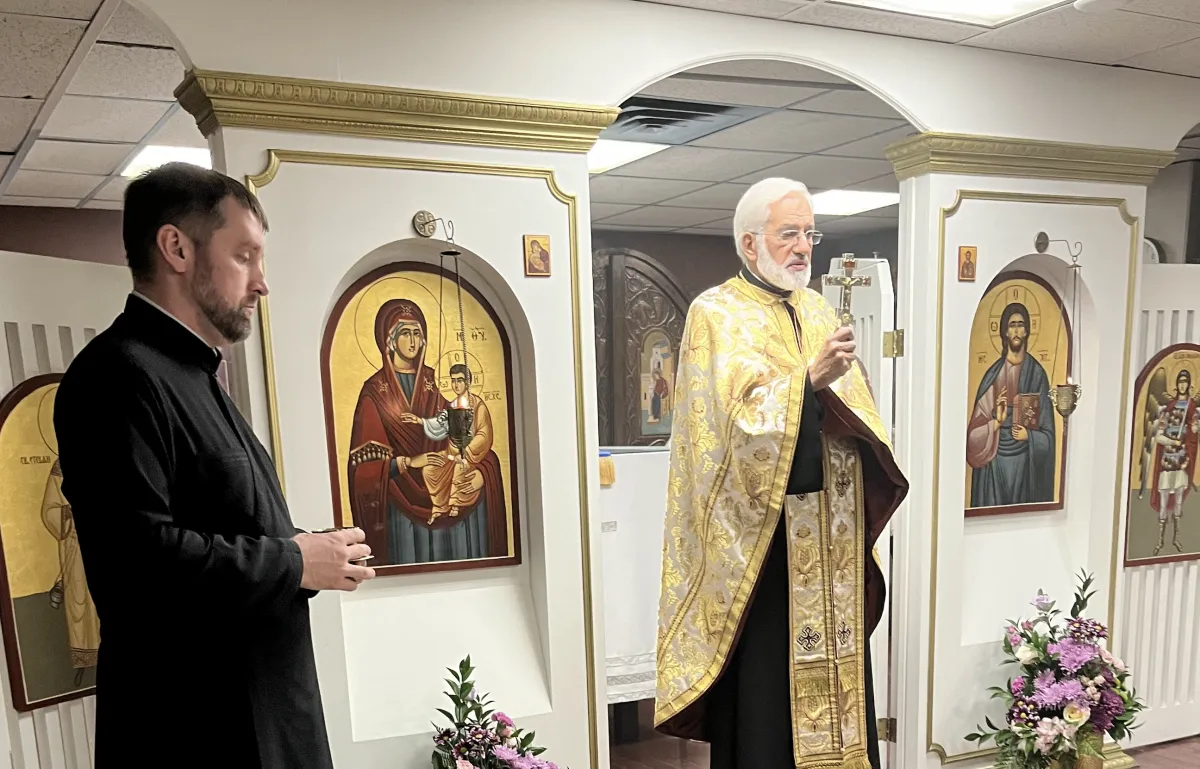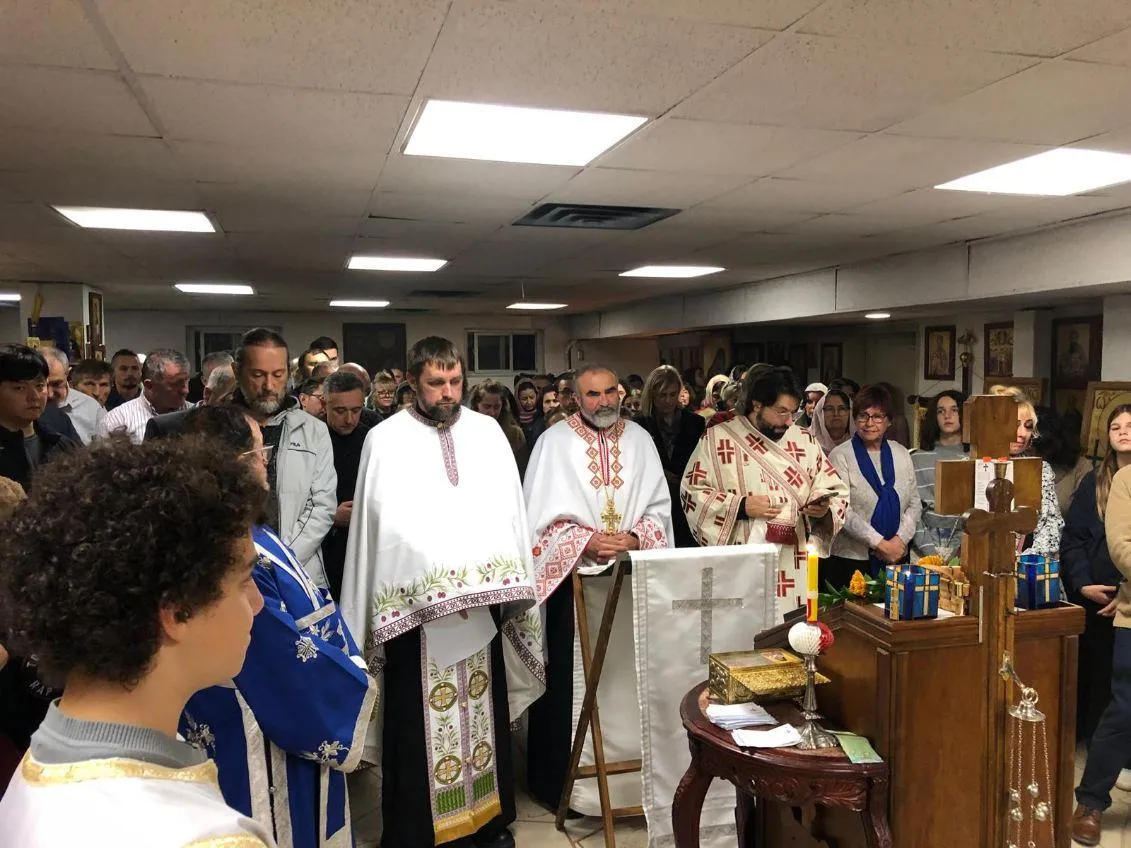
St. Archangel Gabriel Serbian Orthodox Parish
ALL ARE WELCOME!
St. Archangel Gabriel Serbian Orthodox Parish
ALL ARE WELCOME!
Celebrating 15 years of orthodox christian faith in the heart of richmond hill.
Join Our Newsletter
Support Your Parish
NEWS
The Sacred Tradition of Home Blessing: A Call to Spiritual Renewal
Discover the deep meaning of Orthodox home blessings and how this sacred tradition brings God's peace, protection, and grace into your household. ...more
News
March 31, 2025•5 min read
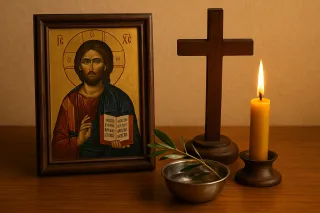
An Evening of Gratitude: Join Us for a Parish Thanksgiving Dinner
Join us for a special Thanksgiving Dinner as a heartfelt thank-you for your support and dedication to our parish. Enjoy an evening of fellowship, good food, and gratitude on Friday, February 14, 2025,... ...more
Events
February 01, 2025•1 min read

End of Year Donations
Year-end donation reminders for St. Archangel Gabriel Parish, including in-person, online, and tax benefits. ...more
Reminders
December 12, 2024•1 min read

Join Us for Serbian New Year’s Eve Celebration!
Celebrate Serbian New Year’s Eve with live music, traditional dinner, and great company. Tickets: $100. Reserve now for an unforgettable night! ...more
Events
December 05, 2024•1 min read


